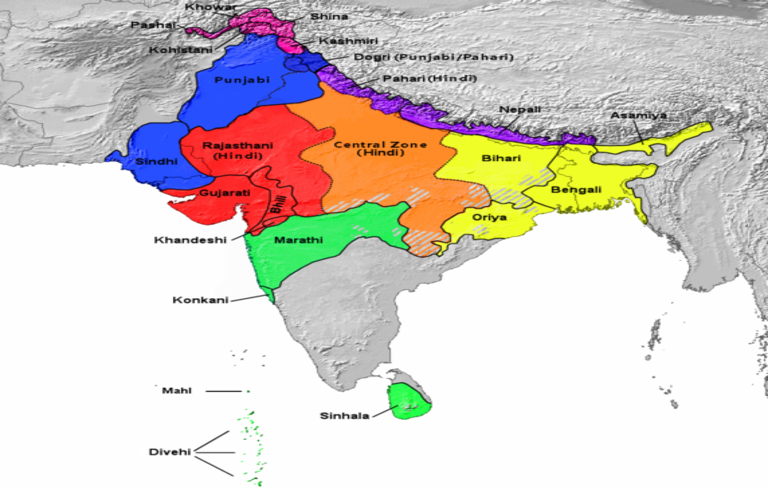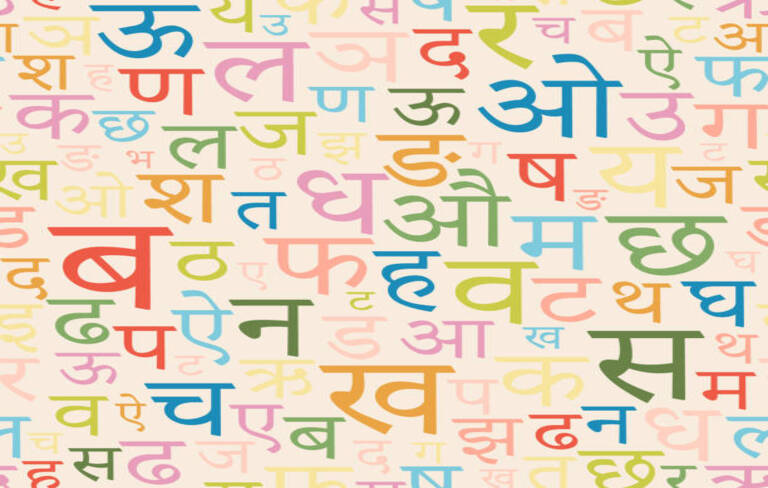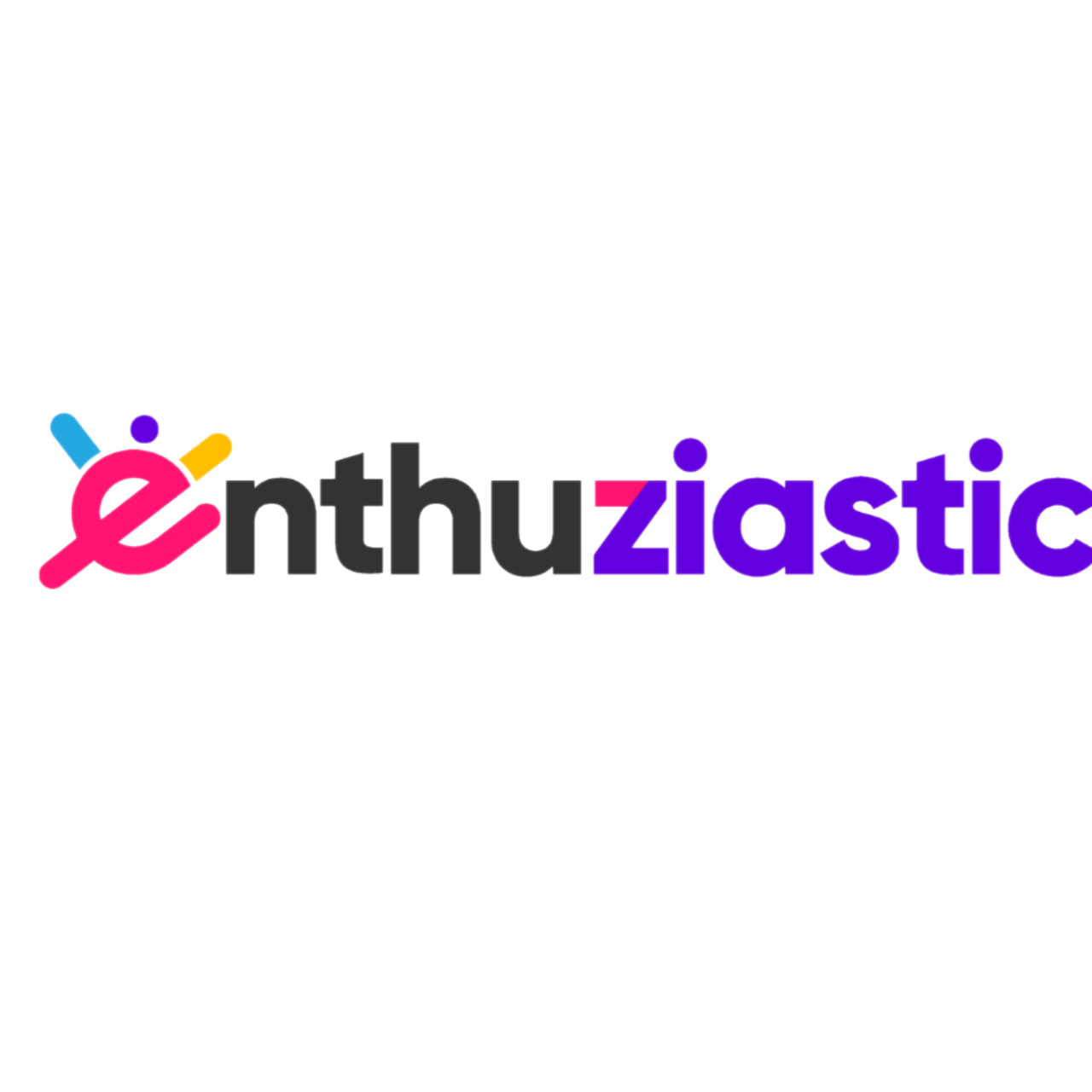Language is the attire of thoughts– Dr. Johnson
A civilization grows and prospers when its people learn a new language. Out of all the languages in the world, Hindi is one of the most ancient languages. It has the maximum dialect variations you can imagine.
With the regional and social variations co-existing, Hindi is the fourth most spoken language in the world, with different Hindi dialects. Yes! It’s surprising. But if you see the demography of India, you won’t be surprised!
A member of the Indic dialect, Hindi is a descendant of another ancient language, Sanskrit. From the 8th century AD till date, there has been an evolution of the Hindi language.
The Indic dialect gradually picked up the emotions and phonology of specific geographical regions, making it a more localized language. Slowly, the loanwords from the various regions began contributing to the vocabulary list, which is how a regional Hindi dialect originated.
What Is A Dialect?
A Dialect or बोली(bolee) is a regional or social variation of a language that differs in grammar, vocabulary, and pronunciation. There are country, urban, rural, and social dialects. In some cases, even a dialect has multiple sub-dialects.
In simple terms, dialect is something that you grow up using.
Language vs. Dialect vs. Accent
More than 70% of people worldwide do not know when to use the word dialect and accent. It often confuses people, and many believe that dialect and accent are the same.
There is no significant difference between language and dialect, yet we consider them separate concepts. Because you can write as well as speak a language, whereas a dialect is just said, not written.
But when it comes to dialect and accent, they both are different concepts. An accent is an individual’s pronunciation skill, whereas a dialect is a much broader and distinctive notion.
Every language you speak has one dialect and at least one accent representing your roots!
I hope it clears the air now!
The Hindi Diaspora

It’s as wide as the sky and as deep as the sea!
No, I am not joking!
In India, more than 480 million people speak Hindi in different dialects. In total, there are 48 Hindi dialects recognized so far! Internationally, the number of Hindi speakers is increasing due to the global population’s business, social, cultural, and educational interests.
Most Hindi-speaking populations are across “The Hind Belt.” The belt is divided into five groups: Western, Eastern, Rajasthani, Bihari, and Pahari. These groups include states like Uttarakhand, Uttar Pradesh, Himachal Pradesh, Haryana, Delhi, Rajasthan, Jharkhand, Bihar, Madhya Pradesh, and Chhatisgarh.
Not only these Indian states but also the neighboring countries like Pakistan, Afghanistan, Bangladesh, Nepal, and Bhutan have Hindi-speaking people.
Besides, the migrant Indians took Hindi dialects across the continent. Countries like the USA, Germany, England, Canada, South Africa, Yemen, New Zealand, Fiji, Mauritius, and Trinidad have their Hindi dialects. For example, it is known as Naitali(South African Hindi) in South Africa. Whereas in Fiji, some of them speak Fizibat(Fizi Hindi).
The research paper by Sreenivasa and Shashidhar from IIT Kharagpur, India talks in detail about the process of Hindi dialect identification. With the help of this research paper, you can identify which Hindi dialect one is speaking based on the form of speech.
Or else, you can pick up a few Hindi dialects and learn them yourself!
Check out EnthuZiastic Hindi Classes for fun, interactive learning experience.
Different Hindi Dialects

There is a famous saying, “कोस-कोस पर बदले पानी, चार कोस पर बानी (kos-kos par badale paanee, chaar kos par baanee)”.
It means just like the taste of water, the language spoken in India also changes every few kilometers.
From Kashmir to Kanyakumari, these are some of the major Hindi dialects:
1. Bagheli (बघेली)
Mainly spoken in Central-East India and some parts of Nepal, Bagheli got its name from the Baghelkhand region. The dialect is used primarily for inter-group communication in a particular area.
Example– tor naam ka hai (What is your name?)
2. Chambeli (चम्बेली)
According to UNESCO, it is one of the most endangered Hindi dialects. The natives of Himachal Pradesh mainly speak it. The script is Takri and not Devanagri, unlike other Hindi dialects.
Example– tuvada kya na ye (What is your name?)
3. Gadwali (गढ़वाली)
In the region of Uttarakhand, Gadwali is the primarily spoken Hindi dialect. Sir George Abraham Grierson, who is an Indian Civil Service member, and a linguist, was the first person to bring Gadwali to the dialect list. Compared to its origin, the modern-day gadwali dialect has vast literature in the form of plays, stories, and poems.
Example– tyār nãũ kya chha? (What is your name?)
4. Kumauni (कुमायूँनी)
UNESCO considers the Kumauni language in danger due to its geographical restriction to the Kumaon region in India and Doti in Nepal.
Example– tumar nau ke che (What is your name?)
5. Awadhi (अवधी)
Awadhi has a reflection of the Awadh region in its dialect. More commonly used in the central UP state, Awadhi is also common in Nepal, Fiji, and the Caribbean islands. The beauty of Awadhi is it has both voiced and whispered vowels. Some voiced vowels are a, u, e, and o, whereas the whispered vowels are i̥, ʊ̥, and e̥.
For example,
- English- Where should I go? Awadhi- ham kahaan jaee
- In Awadhi, Mora is for Masculine, Mori for Feminine
If you are a Bollywood fan, you must have seen movies like Lagaan and Peepli live. Both movies used Awadhi as their main dialect!
Hariyanvi is very similar to standard Hindi. How Hariyanvi has been spoken talks a lot about the culture of that region. It has an attitude that states the people’s perspective while speaking. Most of the Haryana speaks Hariyanvi with a swag!
Example– Bhai, k haal se? (Hello Brother, how are you?)
Most of the Rap singers in India make their rap songs in Hariyanvi.
7. Bagdi (बागड़ी)
Bagdi dialect is a bridge between other Hindi dialects, like Haryanvi and Rajasthani. Most of Rajasthan and south Punjab speak Bagdi as a Hindi dialect.
Example– Tero nām ke hai (What is your name?)
8. Khadi Boli (खड़ी बोली)
Also known as Kauravi, it is a local dialect in Western UP, Uttarakhand, and Haryana. Khari means standing, and Boli means dialect. If you read some famous poets’ works, you will find them using Khadi Boli. Poets like Lokratna Pant, Kabir, and Amir Khusrau are a few of them.
Example– nij bhaasha unnati aahe, sab bhaasha ko mool,
bin nij bhaasha gyaan ke mite na hiya ko shul.
(One’s own language leads to the progress of the roots of languages. Without language, there is no influence.)
Check this poem in Khadi Boli.Fhref
9. Braj Bhasha (ब्रजभाषा)
Along with Awadhi, Braj Bhasha is one of the dominant dialects of Hindi in North-Central India. The striking fact about Braj is it is the language of the spirituality of ancient times. Also, most of the literature of the Hindi language revolves around Braj bhasha. That is why the locals call it the ‘country tongue.’ Most prominent poets and literature follow this dialect of Hindi in their work.
The grammar in Braj is very distinctive. For example, wo jat hae (he is going) is a habitual statement, and wo roje jat hae (he goes there every day) is a continuous statement. It explains the clarity of grammar in Braj boli.
Similarly, gender agreement is more specific and marked. Like, wako chhora/waki chhori (his son/his daughter).
10. Maithili ( मैथिली)
Maithili is the main dialect of the Mithila region. The dialect dates back to the 14th century. Mithila region covers a part of Bihar, Jharkhand, and Nepal. Thus, Maithili has more sub-dialects based on the area where the people use it.
Example– apne ker shubh naam? (What is your name?)
11. Marvadi (मारवाड़ी)
Marvadi is mainly in Rajasthan. It is similar to mainstream Hindi, where both follow the subject-object-verb rule.
Example– Tharo nam kain hai (What is your name?)
12. Bhojpuri (भोजपुरी)
The quintessential dialect of Bihar, East Uttar Pradesh, and adjoining Madhya Pradesh, Bhojpuri is a dialect of emigration. Apart from India, Nepal and Mauritius have millions of Bhojpuri-speaking people. The grammar is very similar to other Indo-Aryan languages like Braj, Awadhi, etc.
Example– tohaar naav ka ha or raur naav ka ha (What is your name?)
Bhojpuri cinema not only caters to the Indian subcontinent but also to emigrants present across the globe making it a whopping 20,000 million industry.
13. Bundeli (बुन्देली)
Bundelkhand region, which is now central India (Madhya Pradesh and Uttar Pradesh), predominantly speaks bundeli. The dialect is very close to Braj. Unlike many dialects found recently, Bundeli dates back to the 12th century.
Example– tum naam(nau) ka hai(What is your name?)
14. Chattisgarhi (छत्तीसगढ़ी)
Around 16 million people speak the Chhattisgarhi dialect, mainly in Chhattisgarh and the neighboring states. Though it is part of the Indo-Aryan language, it was only in 1885 that the literators recognized Chhattisgarhi grammar. Chattisgarhi dialect does not use some Hindi consonants like sha, shha, ksh, tra, and rsh.
Example– tor naam kaa haawaye (what is your name?)
The Chhattisgarhi dialect has the power to enthrall the audience. If you ever get a chance, listen to Teejan Bai, one of the biggest storytellers and artists. No better way to learn a dialect than through art!
15. Lambadi (लम्बाडी) and Banjari (बंजारी)
Lambadi and Banjari are nomadic dialects. They do not have a native script, unlike other Hindi dialects. As these are the nomads’ languages, they are spread geographically across Maharashtra, Tamil Nadu, Karnataka, and Telangana. Because of the widespread banjaras, the dialect has many subdialects or subgroups—for instance, Brinjari, Lubhhani, Gourmati, etc.
Example– Jeeve Jeevesyu Pyari (She is dearer than life)
16. Sugali (सुगाली) and Surjapuri (सूरजपुरी)
These Hindi dialects are the least spoken and are found mainly in Bengal, Odisha, Karnataka, and Tamilnadu. Not much reference about these dialects is available on the internet.
FAQs
1. Is Hindi tough to learn?
Not really. Historically, Hindi is known as the Indo-European language. So those who know English or other European languages find it comparatively easy. There are a few complexities, though. Like the subject-object -verb agreement in Hindi is subject-verb-object in English. Also, not to forget the pronouns and consonants in Hindi.
2. What makes Hindi an easy language to learn?
Hindi is a phonetic language. If you learn the sounds of each letter, you will pick up new words faster. It will increase your Hindi vocabulary and make you more proficient as you speak.
3. How relevant is knowing about Hindi dialects in today’s world?
Looking at the global trends, more and more big businesses worldwide are trying to make their place in rural India. If you know the region-specific Hindi dialect doing business will be easy.
4. What are the most popular Hindi dialects?
Awadhi, Chhattisgarhi, Bagheli, Braj, Bhojpuri, and Maithili are some of the most popular Hindi dialects.

Learn Hindi from Native Speakers
Take Hindi Classes from our Hindi Speakers. Improve spoken and written Hindi in no time. Start Now!
Conclusion
If you want to understand a nation, know the dialect. From ancient times till the most recent observations, Hindi dialects have constantly been making a mark in different parts of the world.
Hindi dialects influence many European languages, like Spanish, German, and French. When you know the dialect, it becomes easy, whether it’s trade, culture, higher study, or communication.

